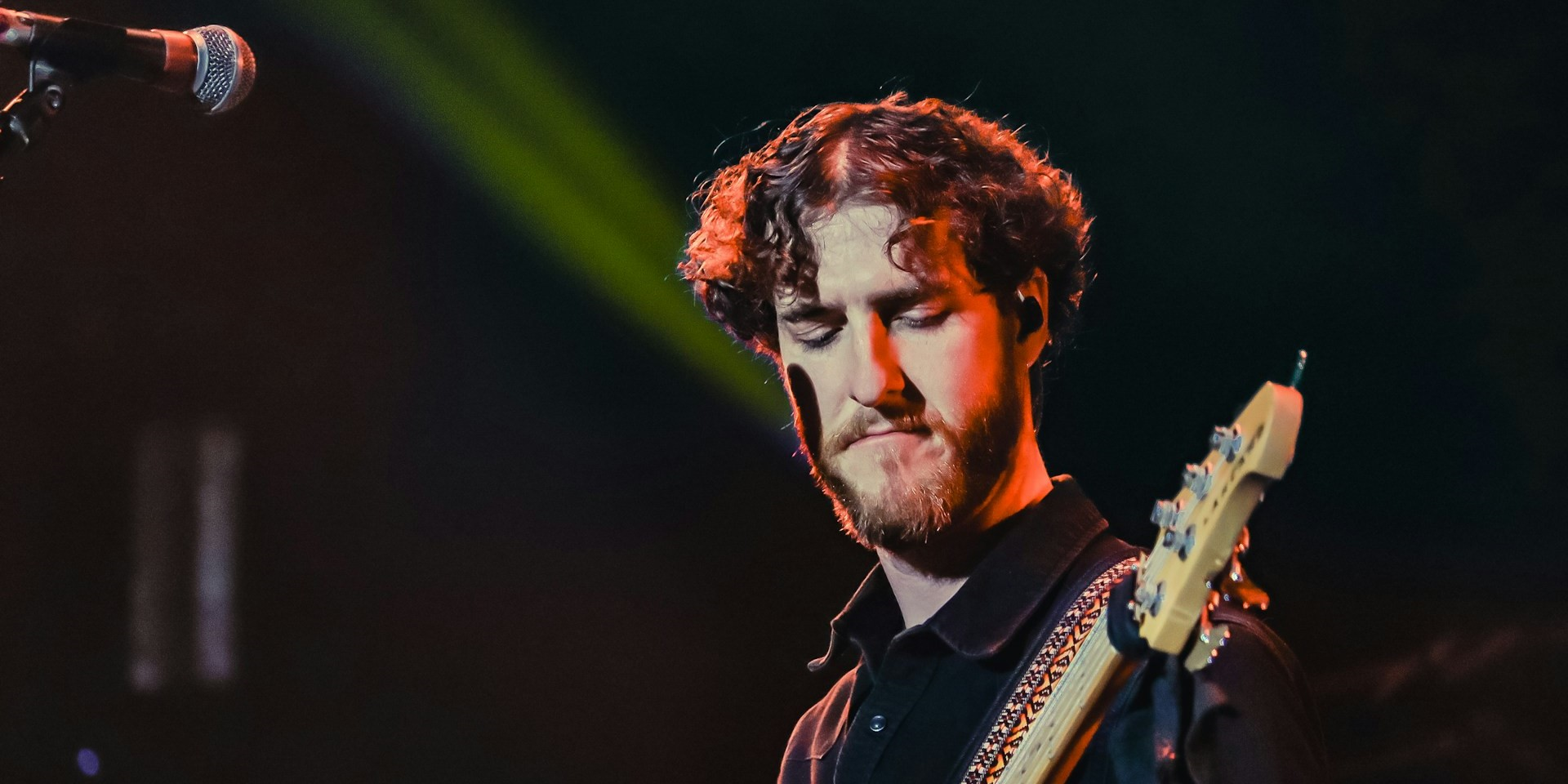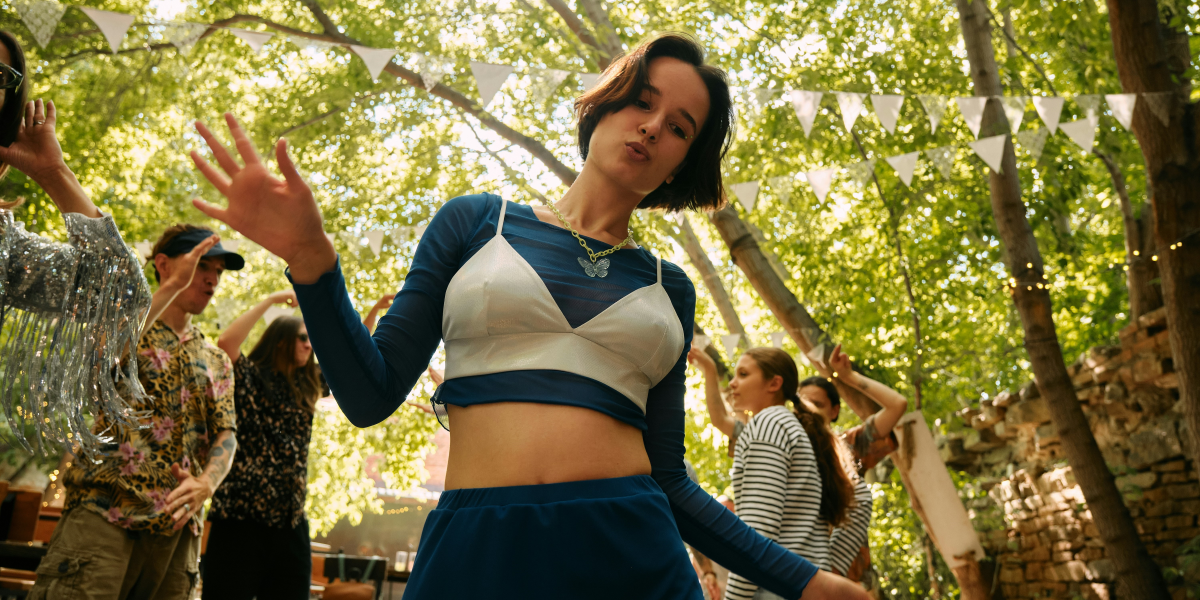While country music remains a beloved genre with a rich history, some artists seek to redefine themselves outside traditional expectations. Breaking out of the country music stereotype allows artists to expand their audience, explore diverse influences, and grow creatively. This article outlines strategies that artists can use to evolve beyond country music boundaries, blending genres, creating unique branding, diversifying sound and lyrics, expanding collaborations, and positioning themselves for success in the broader music industry.
Genre Blending: Expanding Musical Boundaries
One of the most effective ways for artists to break out of the country music stereotype is by blending country with elements of other genres. This approach not only attracts new listeners but also enriches the artist’s sound, giving them a distinct place within the music industry.
Pop Fusion
By incorporating pop elements into their music, artists can create more universally appealing songs. Pop-influenced country music often focuses on catchy hooks, upbeat tempos, and polished production styles that resonate with pop audiences. This blend allows artists to retain a country foundation while reaching listeners who may not typically engage with the genre.
Rock Elements
Infusing rock elements like powerful guitar riffs, energetic drum patterns, and a heavier sound can help create an edgier image. By embracing rock influences, artists can appeal to listeners who prefer a bolder style while remaining grounded in the storytelling and lyrical roots of country music. This approach has been used by successful artists who enjoy mainstream popularity while also appealing to rock enthusiasts.
Hip-Hop Collaborations
Collaborations with hip-hop artists allow country musicians to reach diverse audiences and add a unique twist to their sound. Hip-hop influences can be introduced through rhythmic beats, rap verses, and a more urban production style. By partnering with well-known hip-hop artists, country musicians can create a crossover appeal, drawing in fans from both genres.
Unique Branding: Crafting a Distinct Image
To differentiate themselves from traditional country artists, musicians must consider unique branding that reflects their individual style and influences. Establishing a memorable brand that highlights an artist’s versatility can help reshape public perception and expand their audience.
Personal Image
Developing a unique personal image allows artists to stand out and redefine what it means to be a country musician. Artists may choose to adopt fashion styles, performance aesthetics, or lifestyle elements that reflect their creative individuality. A memorable personal image makes it easier for fans to relate to the artist on a personal level, often leading to a broader fan base that extends beyond country music.
Distinct Visual Aesthetic
Visual elements like album art, music videos, and photography offer powerful ways to distinguish an artist’s work. Choosing visuals that differ from typical country themes—such as landscapes, cowboy hats, and rustic settings—helps convey a message that the artist’s music is unique and unbound by genre conventions. By establishing a visual brand that resonates with fans, artists can strengthen their appeal across various genres.
Social Media Strategy
Social media platforms offer a space for artists to engage directly with fans and showcase a multifaceted identity. By leveraging platforms like Instagram, TikTok, and YouTube, musicians can present their music in creative ways that engage fans from diverse backgrounds. Platforms like TikTok are particularly useful for reaching younger audiences through music challenges and short-form content, while YouTube allows artists to share behind-the-scenes footage, music videos, and live performances, appealing to a broader audience.
Diversified Sound and Lyrics: Embracing Experimentation
Expanding beyond country music requires artists to explore new sounds and themes that appeal to listeners outside the genre. By experimenting with sound and lyrics, artists can create a dynamic musical experience that appeals to wider audiences.
Experimental Sounds
Artists can set themselves apart by introducing unconventional instruments, sounds, or production techniques into their work. This may involve using synthesizers, electronic beats, or international instruments to create a sound that’s refreshingly different from traditional country music. Experimenting with sounds broadens an artist’s creative reach, attracting fans who value musical innovation.
Innovative Lyrics
Diverse lyrical themes can attract new listeners by focusing on topics that resonate with people from different backgrounds and experiences. Moving beyond traditional country topics like heartbreak, rural life, and nostalgia, artists can explore universal themes such as self-discovery, personal growth, and social issues. These themes appeal to listeners from all walks of life, helping artists expand their fan base.
Layered Production
Using layered production techniques can add depth to songs, making them more appealing to listeners who appreciate complex musical arrangements. Layered production involves using multiple tracks, harmonies, and textures to create a fuller, richer sound. This approach is common in genres like pop and indie music and can be an effective way for country artists to attract fans who appreciate a more sophisticated sound.
Expanding Collaborations: Partnering with Diverse Talent
Collaborations with artists from different genres provide a platform for country musicians to showcase their versatility. Partnering with musicians from diverse backgrounds can attract a new audience and introduce fresh musical perspectives.
Cross-Genre Artists
Collaborating with artists outside the country genre helps break down musical boundaries and showcase an artist’s adaptability. For instance, country musicians might collaborate with pop, EDM, or R&B artists to create a hybrid sound that appeals to fans of both genres. Cross-genre collaborations increase exposure and highlight an artist’s musical versatility.
International Producers
Working with international producers can introduce fresh sounds, rhythms, and production techniques that differentiate an artist’s music from mainstream country. Producers who specialize in electronic, indie, or reggae music can help incorporate global influences into an artist’s sound, creating a unique musical identity that appeals to an international audience.
Festival Performances
Performing at festivals outside the country genre allows artists to connect with audiences who may not otherwise be familiar with their work. Non-country music festivals, such as pop, rock, and indie festivals, provide a diverse setting where artists can reach new listeners and showcase their range. Festival performances can also attract media attention, helping to build a reputation as a versatile artist.
Media Positioning and PR: Expanding Industry Reach
Effective media positioning and public relations are essential for artists looking to break out of the country music stereotype. By targeting non-country media outlets, artists can reshape their image and broaden their reach within the industry.
Non-Country Publications
Gaining coverage in magazines, blogs, and other media outlets that cater to a broader range of genres can help shift the public’s perception of an artist. Non-country publications introduce artists to new audiences, allowing them to expand their influence beyond country music fans. This media positioning helps cultivate an image that resonates with a diverse fan base.
TV and Film Syncs
Securing music syncs in TV shows, films, and commercials outside the country genre can introduce an artist’s work to a new audience. Popular media placements often expose music to wide and diverse audiences, building recognition and expanding an artist’s appeal. TV and film syncs also lend credibility, associating the artist’s music with a range of popular media.
Image Rebranding Campaigns
Rebranding campaigns allow artists to showcase their diverse influences and unique musical style. Public relations campaigns that highlight an artist’s creative evolution, genre-blending efforts, and crossover collaborations can redefine public perception and support a more versatile image. Successful rebranding campaigns allow artists to reshape their brand to reflect the diversity of their work, attracting new fans along the way.
Breaking out of the country music stereotype requires artists to embrace innovation, diversity, and cross-genre appeal. By blending genres, creating unique branding, diversifying sound and lyrics, expanding collaborations, and positioning themselves effectively in the media, country artists can redefine their careers and reach a broader audience. With these strategies, artists can evolve their music, expand their creative expression, and achieve lasting impact in the music industry. Nashville, a city rich in musical heritage and innovation, provides the perfect environment for artists to redefine country music and make their mark beyond traditional boundaries.












